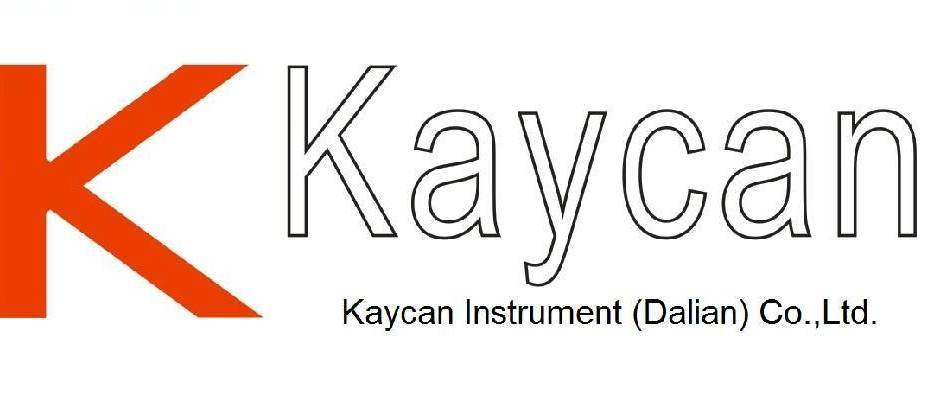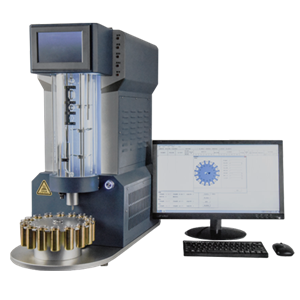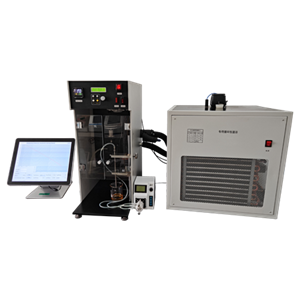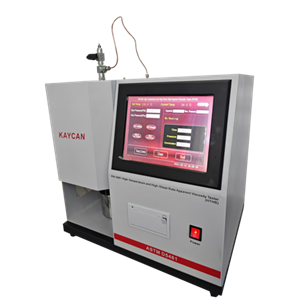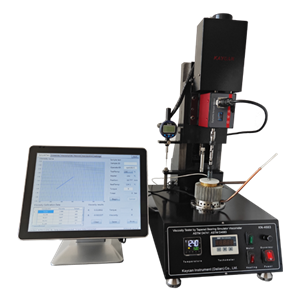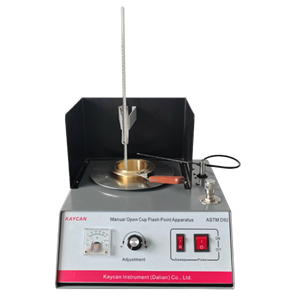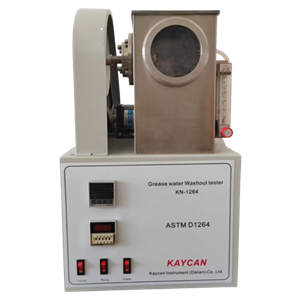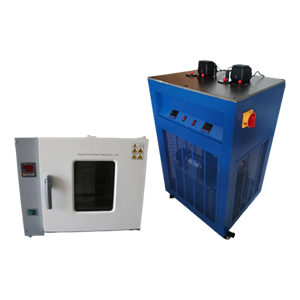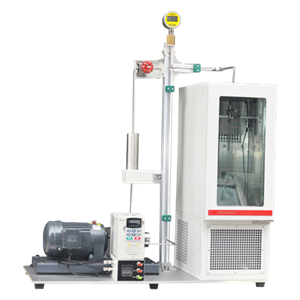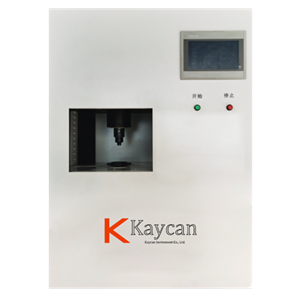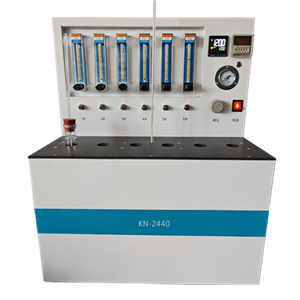-
ASTM D92 Manual Cleveland Open Cup Flash Point Tester
Flash point is used in shipping and safety regulations to define flammable and combustible materials. Consult the particular regulation involved for precise definitions of these classifications.
Send Email Details -
ASTM D1264 Water Washout Characteristics Of Lubricating Grease
This test method estimates the resistance of greases to water washout from ball bearings under conditions of the test. No correlation with field service has been established.
Send Email Details -
ASTM D5293 Apparent Viscosity By Cold Cranking Simulator CCS
The CCS apparent viscosity of automotive engine oils correlates with low temperature engine cranking. CCS apparent viscosity is not suitable for predicting low temperature flow to the engine oil pump and oil distribution system. Engine cranking data were measured by the Coordinating Research CouncilThe measurement of the cranking viscosity of base stocks is typically done to determine their suitability for use in engine oil formulations. A significant number of the calibration oils for this met
Send Email Details -
ASTM D5293 Automatic Apparent Viscosity By Cold Cranking Simulator CCS
The CCS apparent viscosity of automotive engine oils correlates with low temperature engine cranking. CCS apparent viscosity is not suitable for predicting low temperature flow to the engine oil pump and oil distribution system. Engine cranking data were measured by the Coordinating Research CouncilThe measurement of the cranking viscosity of base stocks is typically done to determine their suitability for use in engine oil formulations. A significant number of the calibration oils for this met
Send Email Details -
ASTM D6922 Apparatus for Homogeneity and Miscibility in Automotive Engine Oils
KN-6922 Apparatus for Homogeneity and Miscibility in Automotive Engine Oils conforms to ASTM D6922 Standard Test Method for Determination of Homogeneity and Automotive Engine Oils. It is important that engine oils from different manufactures be homogeneous and miscible with each other, because operation of automotive engines often do not have prior knowledge of the manufacturer of the oil that is currently used in their application, and engine failure can occur if oils are combined that do not stay homogeneous and function properly.
Send Email Details -
ASTM D1092 Apparatus for Apparent Viscosity of Lubricating Grease
KN-1092 Apparatus for Apparent Viscosity of Lubricating Grease conforms to ASTM D1092 Standard Test Method for Measuring Apparent Viscosity of Lubricating Grease. This Test method covers measurement, in poises, of the apparent viscosity of lubricating greases in the temperature range from -54℃ to 38℃ (-65℉ to 100℉). Measurements are limited to the range from 25P to 100000P at 0.1s-1 and 1P to 100P at 15000s-1. Apparent viscosity versus shear rate information can be useful in predicting pressure drops in grease distribution systems under steady-state flow conditions at constant temperature.
Send Email Details -
DIN 51350-6 Shear Stability Of Lubricating Oils Containing Polymers
This is KRL friction pair on a four-ball friction tester, uses SKF SKF 32008 tapered roller bearings to determine the shear stability of polymer-containing lubricants, including pressure fluids. The test results can be used to predict the permanent viscosity loss. The tap speed is 1500 rpm, the test force is 5000 Newtons, the temperature is 60 °C, the total number of revolutions is 1.74 million, the time is about 20 hours.
Send Email Details -
ASTM D2440 Mineral Insulating Oil Oxidation Stability Test
The oxidation stability test of mineral transformer oils is a method for assessing the amount of sludge and acid products formed in a transformer oil when the oil is tested under prescribed conditions. Good oxidation stability is necessary in order to maximize the service life of the oil by minimizing the formation of sludge and acid.
Send Email Details
